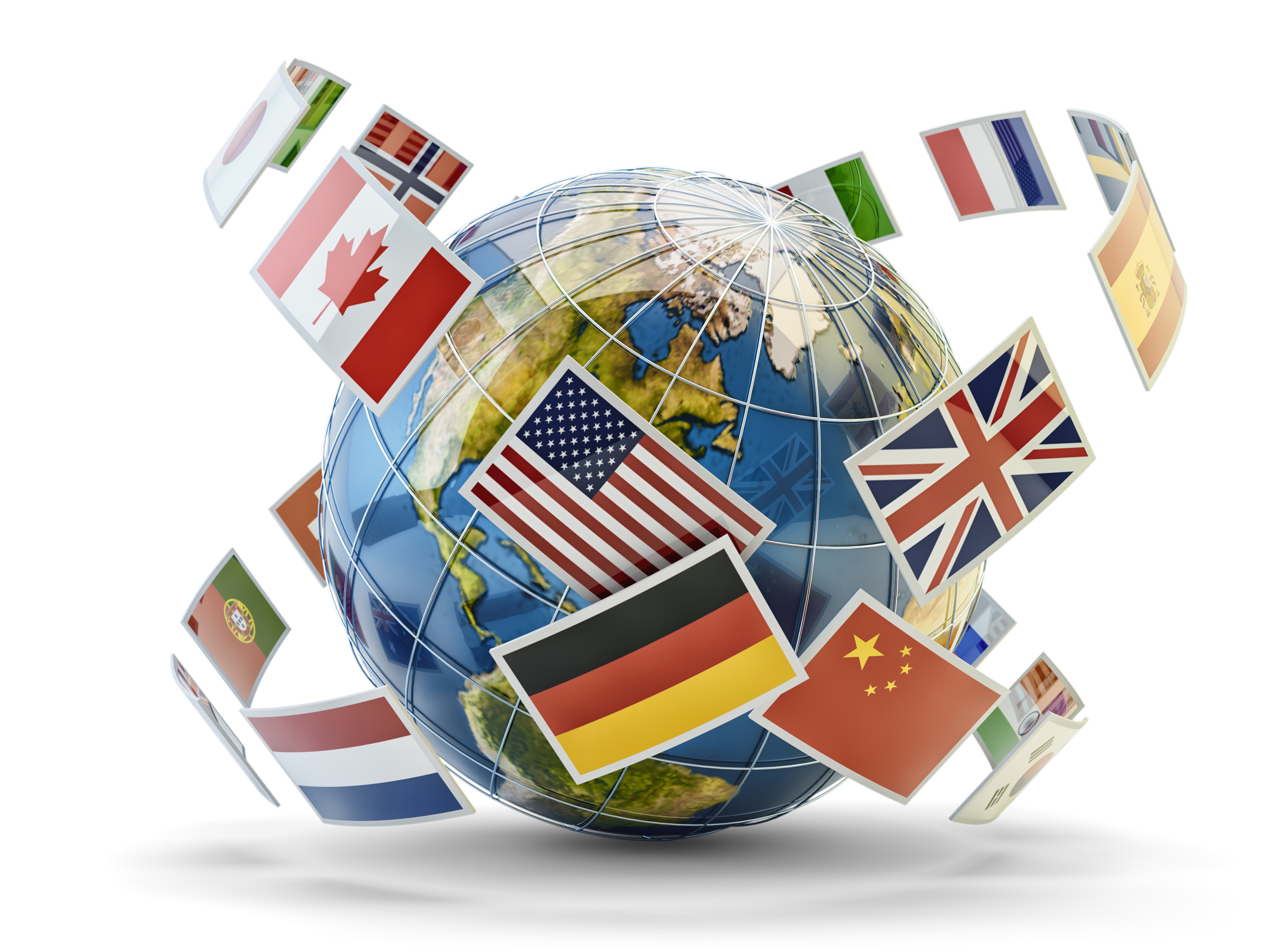Posted By: Stephanie Bouzounis, Senior Communications Specialist
Medical device manufacturers have much to think about when it comes to registering a product internationally. Different regions and countries have different standards for registration. With the impending divorce of the U.K. from the European Union, there are even more considerations to be made. For comparison, the Food and Drug Administration (FDA) states that entities involved in the production and distribution of medical devices in the United States, even those imported and exported, are required to annually register with the FDA.
Here is an overview for the things to look for when registering a medical device globally:
North America
“Registering a medical device in Canada should be a speedy process. Canada is similar to the United States in terms of the process, tests, and protocols it uses. Additionally, there is a mutual recognition between Canada and the United States regarding inspections,” said Ed Rozynski, Senior International Advisor for the Medical Device Manufacturers Association (MDMA), in correspondence with EMMA International. Registering a medical device in Mexico is not generally a difficult process. A Class I, Class II, or Class III medical device manufacturer approved by the FDA for sale in the United States can apply for registration in Mexico without submitting the extensive technical data paperwork required. However, according to Rozynski, it is more challenging to get reimbursement for a product in Mexico.
Europe
On Tuesday, February 20th, MDMA’s International Working Group hosted a conference call with Phil Brown, Director of Regulatory Affairs for the Association of British Healthcare Industries (ABHI). The latest European regulation and directives were discussed. One of the major updates is that certifications issued per the medical device directive now have a shelf life of four years. Any changes to devices now must go through a process of reassessment. Additionally, these directives and regulations now strengthen post-market surveillance, and reinforcement of rules on clinical evidence. The matter of Brexit and medical device registration is still on the table. Brown stated in the MDMA call that there are no new updates regarding these regulatory issues. He did state that the U.K. may seek to strengthen a relationship with the United States as a result, and there is always the possibility the U.K. could vote to stay in the European Union (EU).
Asia
Rozynski stated there needs to be a lot of patience on the part of the manufacturer when registering a medical device in Asia. Each country is different. For instance, Japan has the longest process. Registration is straightforward in Korea. Korea is a good place to perform clinical trials not just for use in Korea, but globally. Reimbursement in Asia, however, is becoming a larger issue.
For more information and/or questions on international medical device registrations that were not answered here, please call (248) 987-4497or email info@emmainternational.com.
Interested in more? Check out these blogs on our website:





